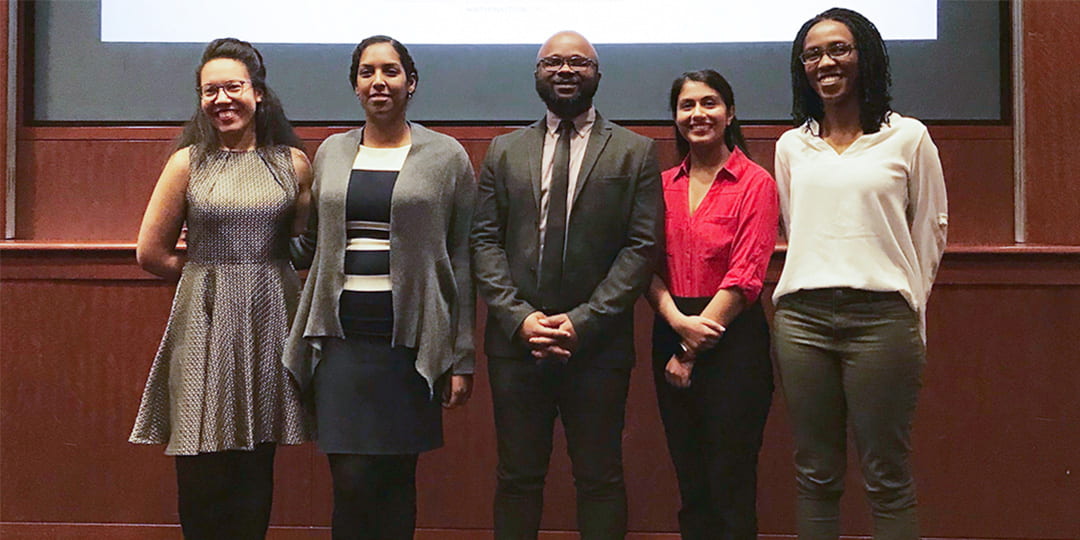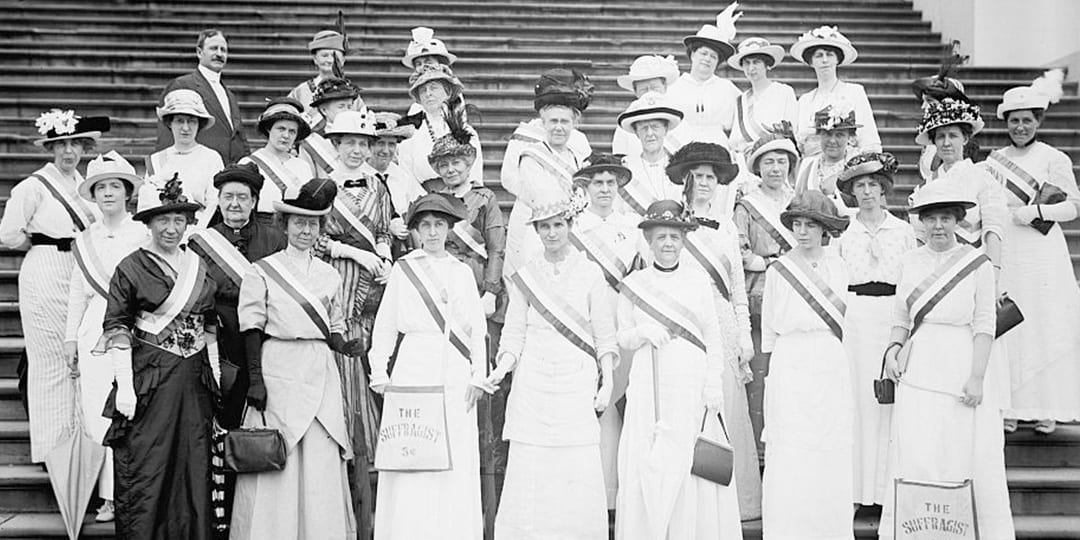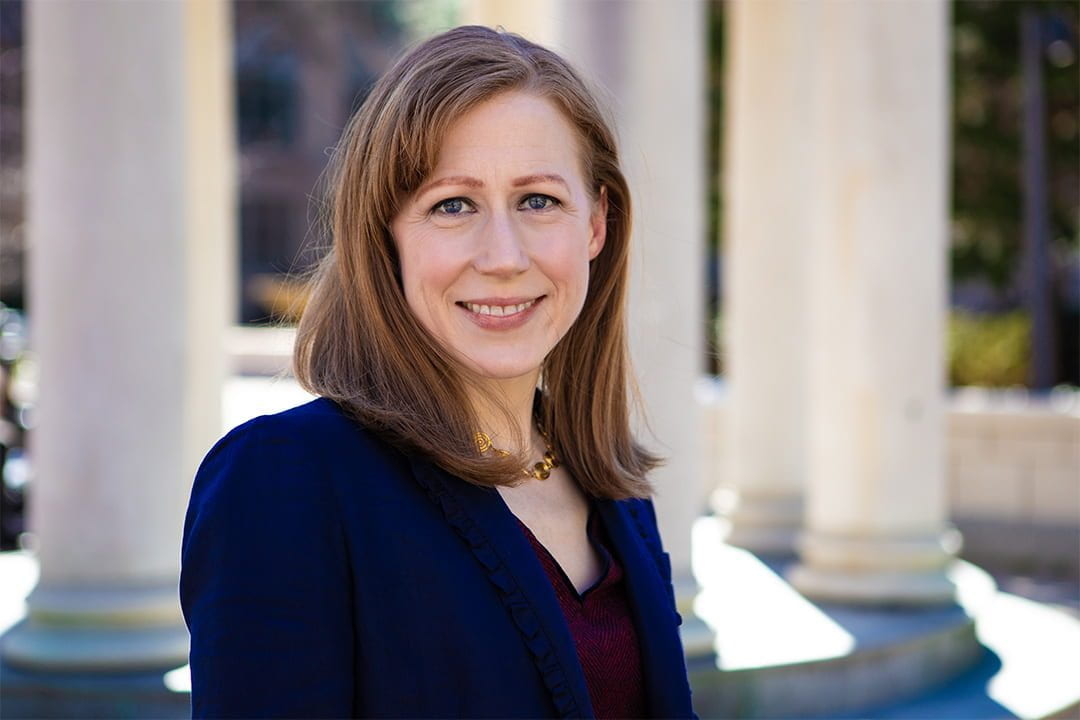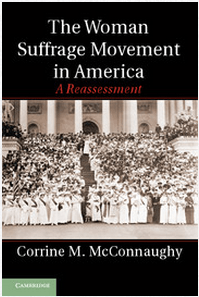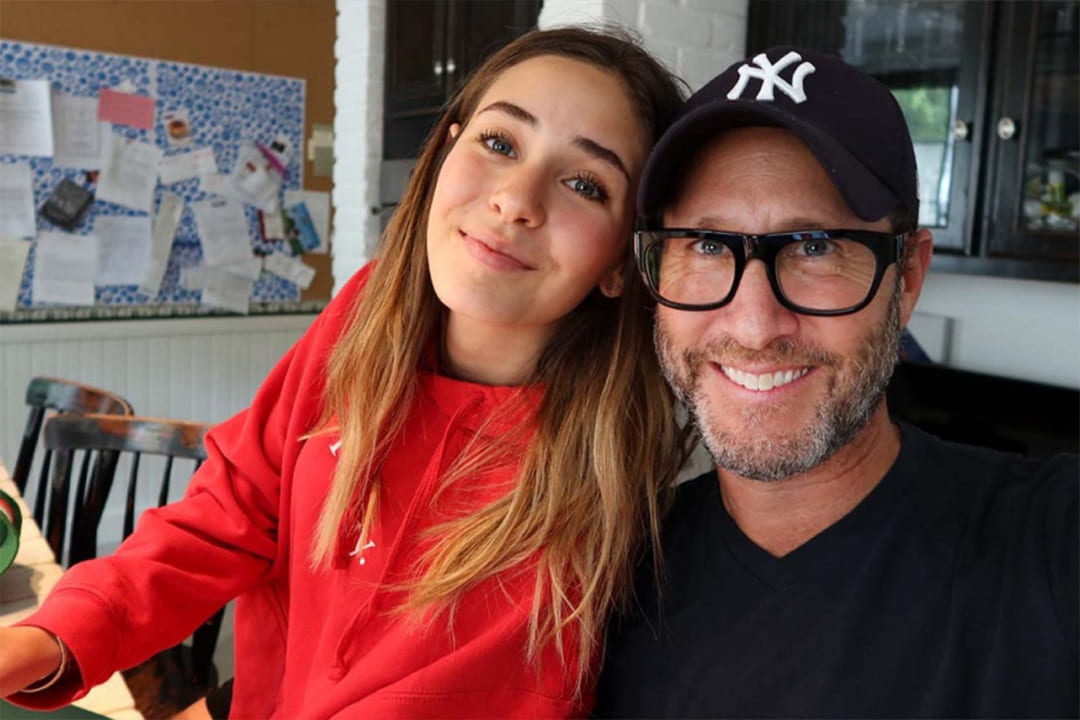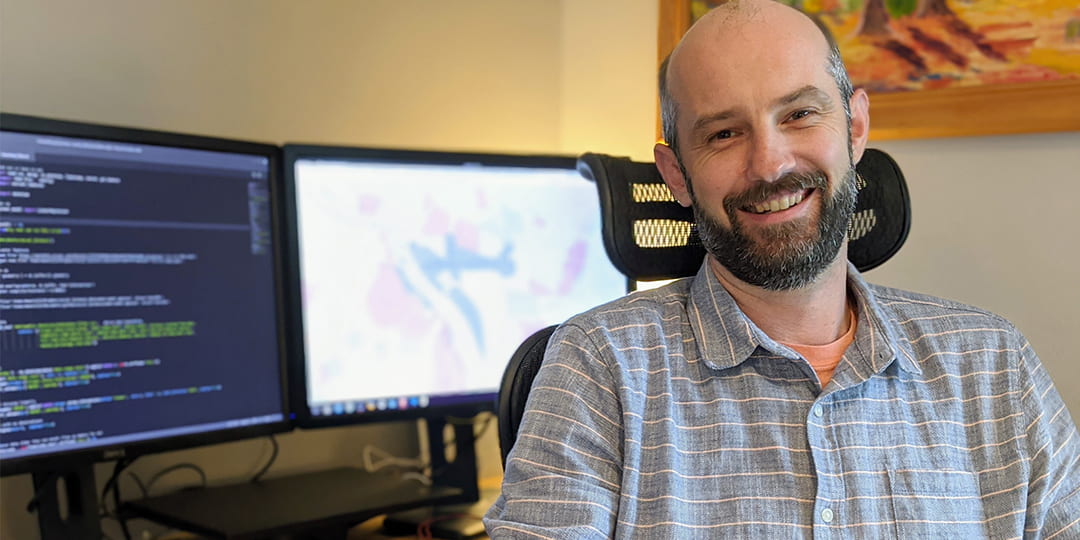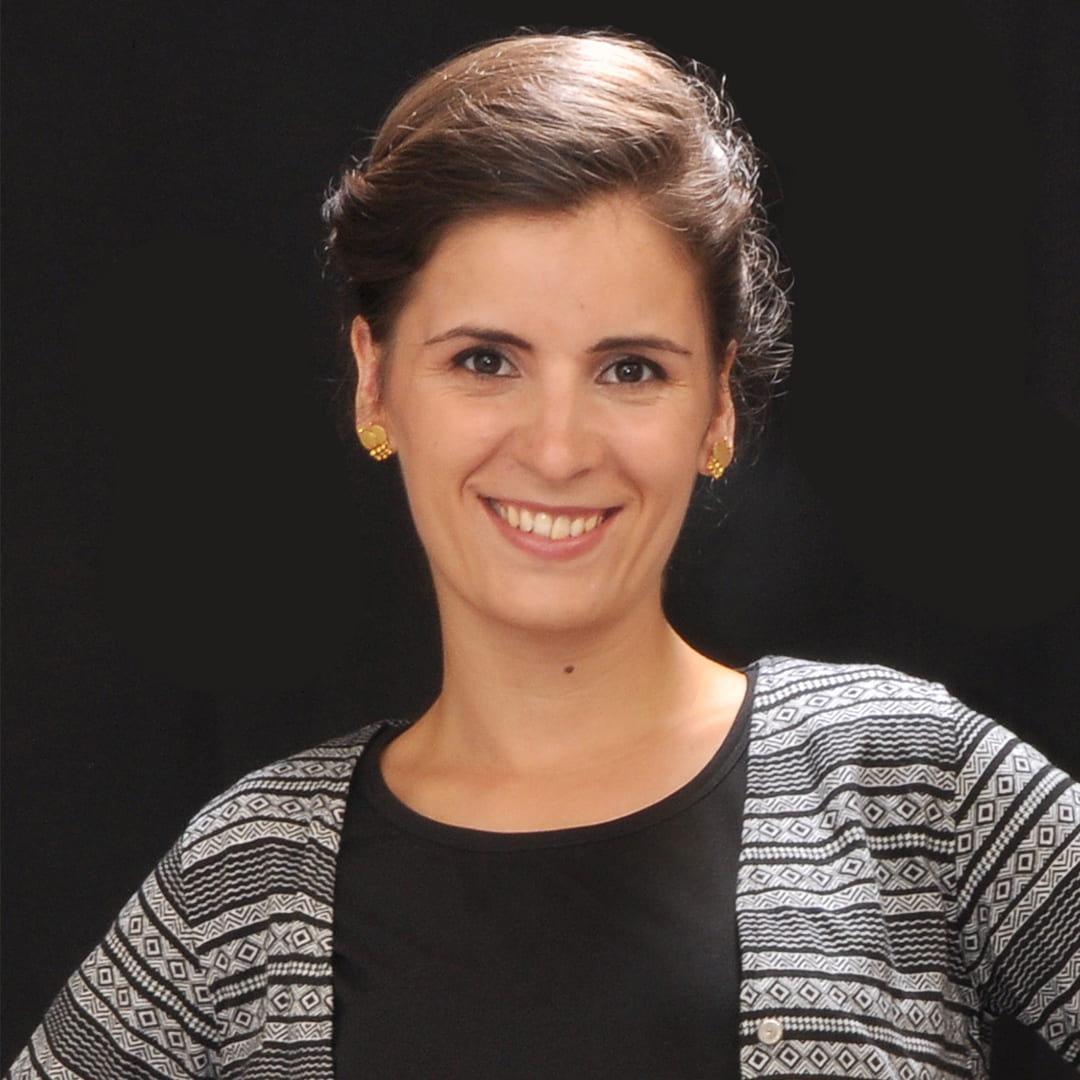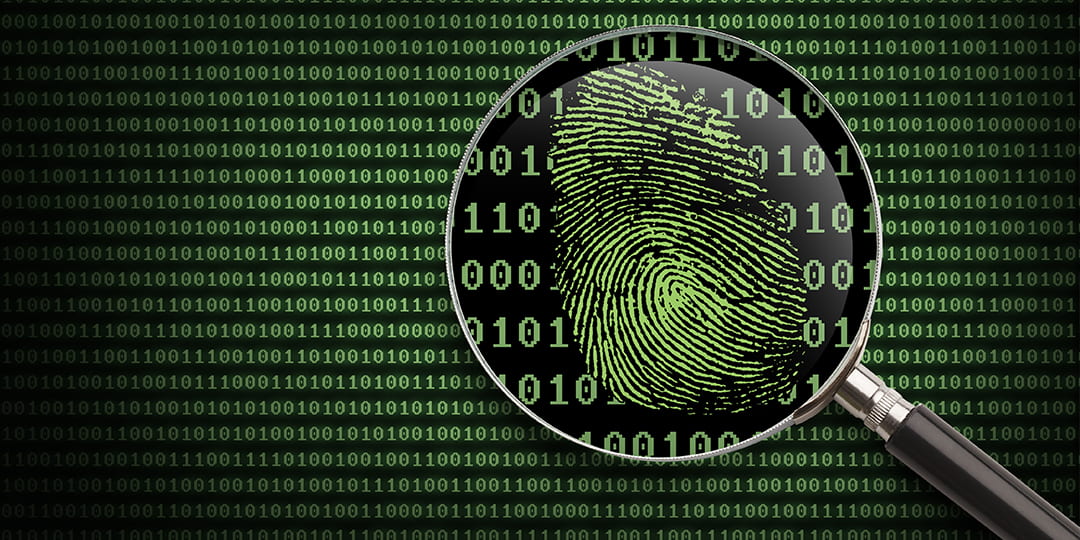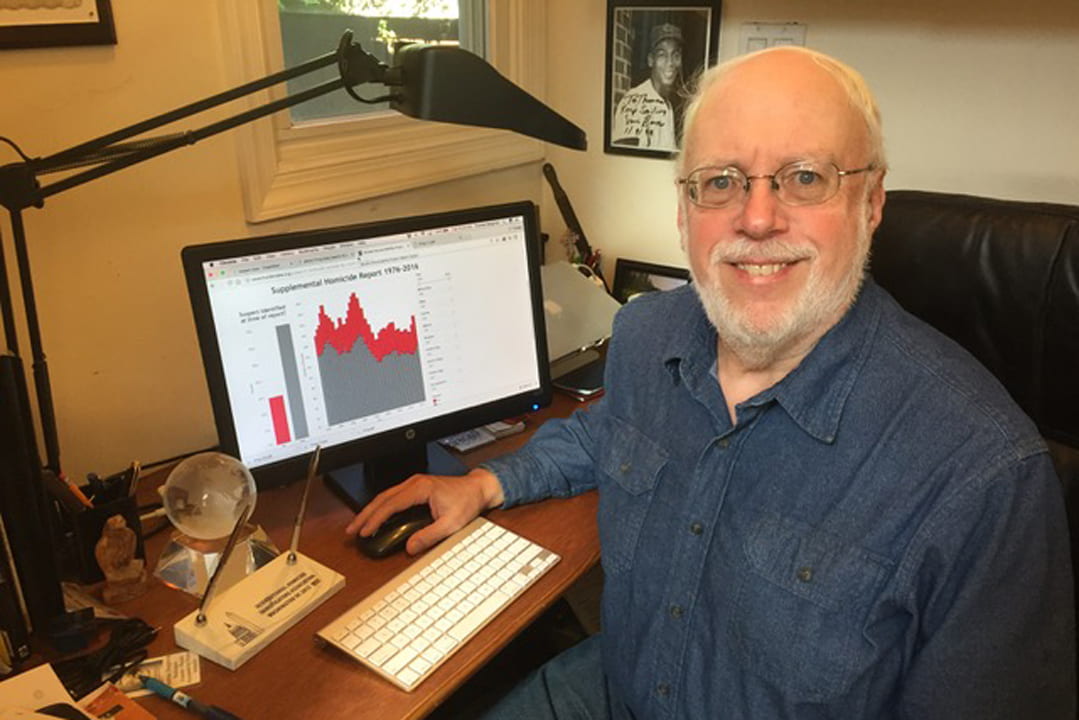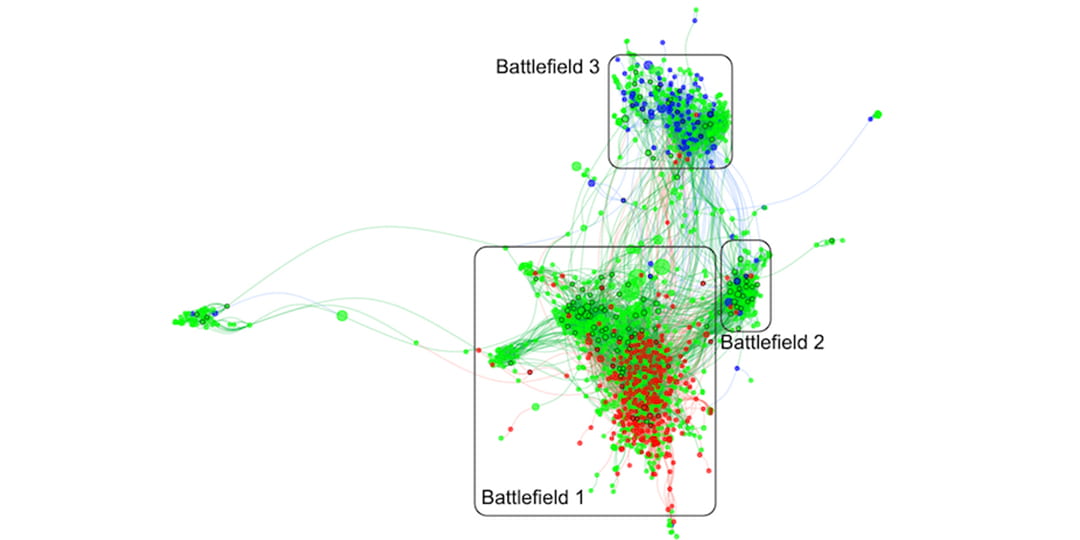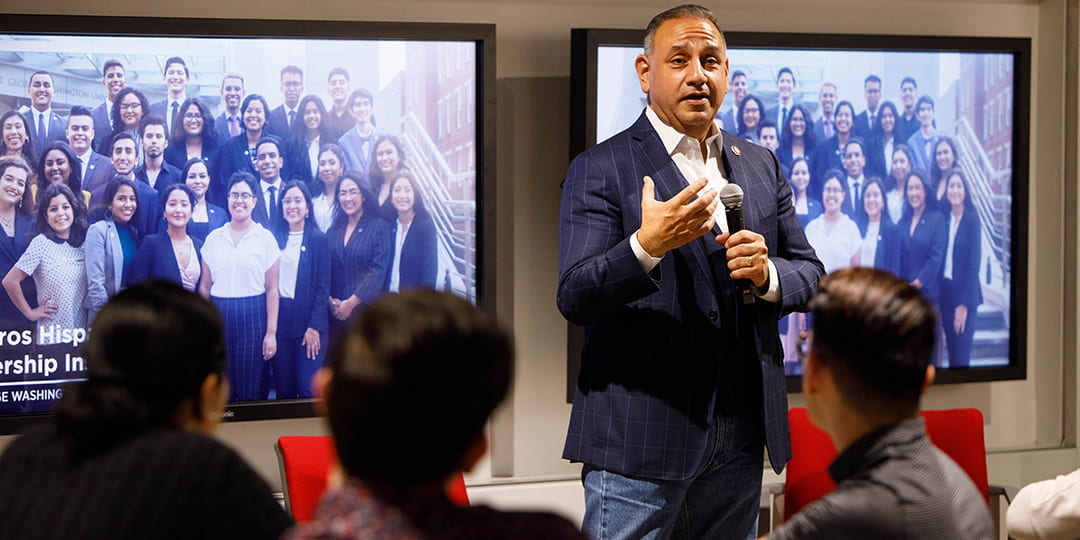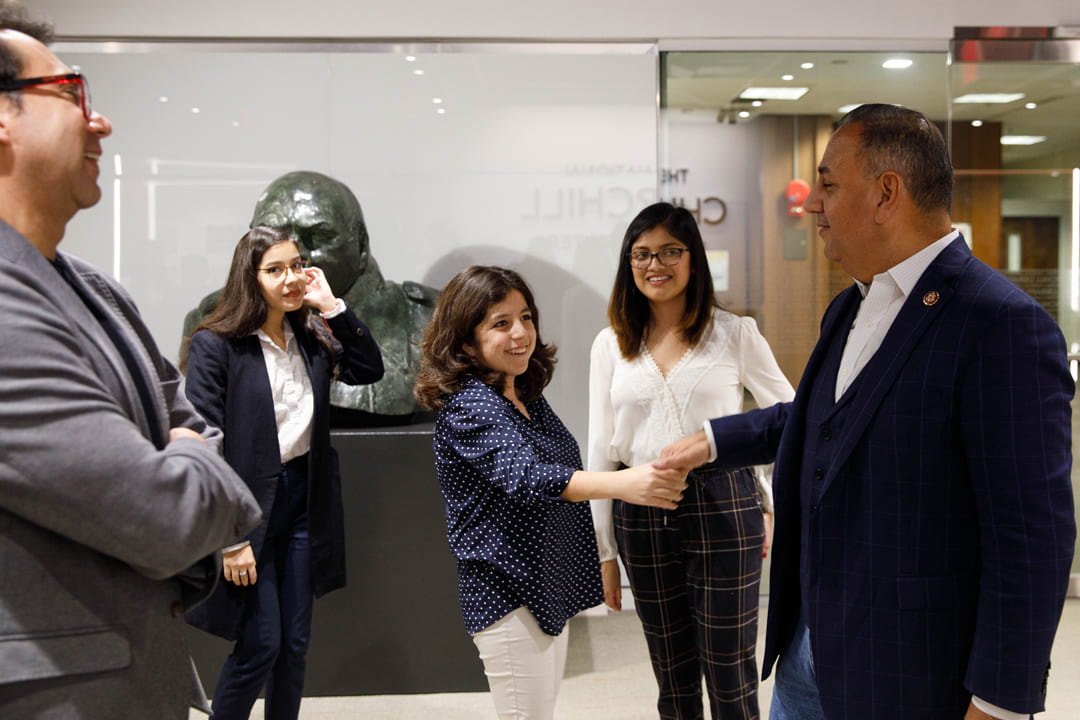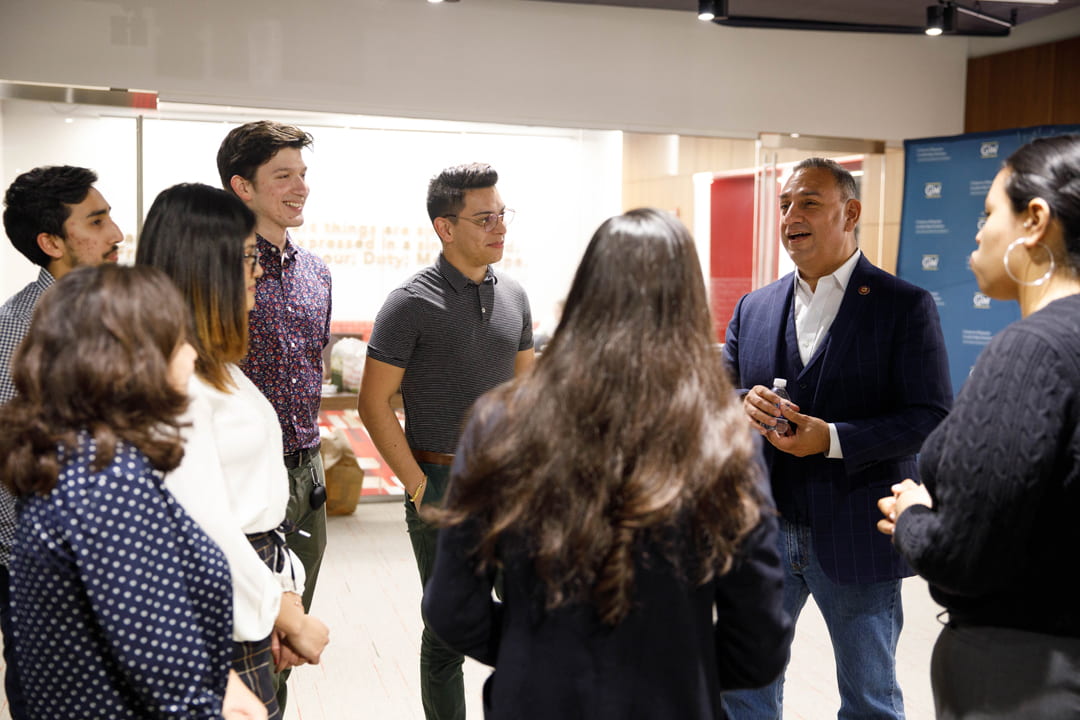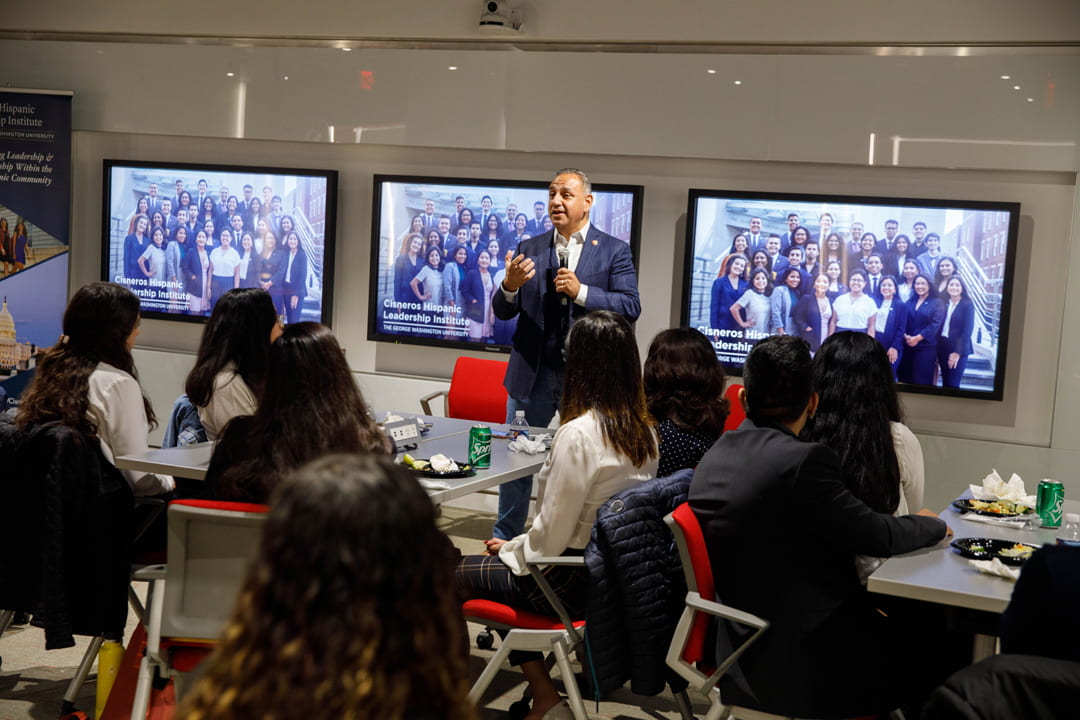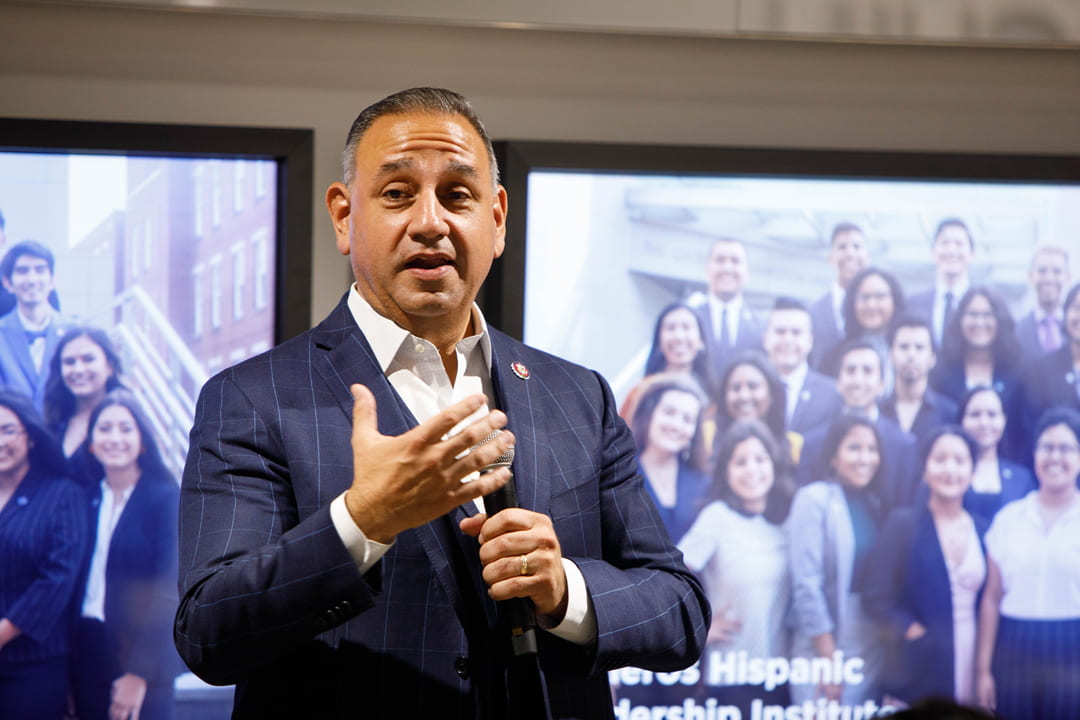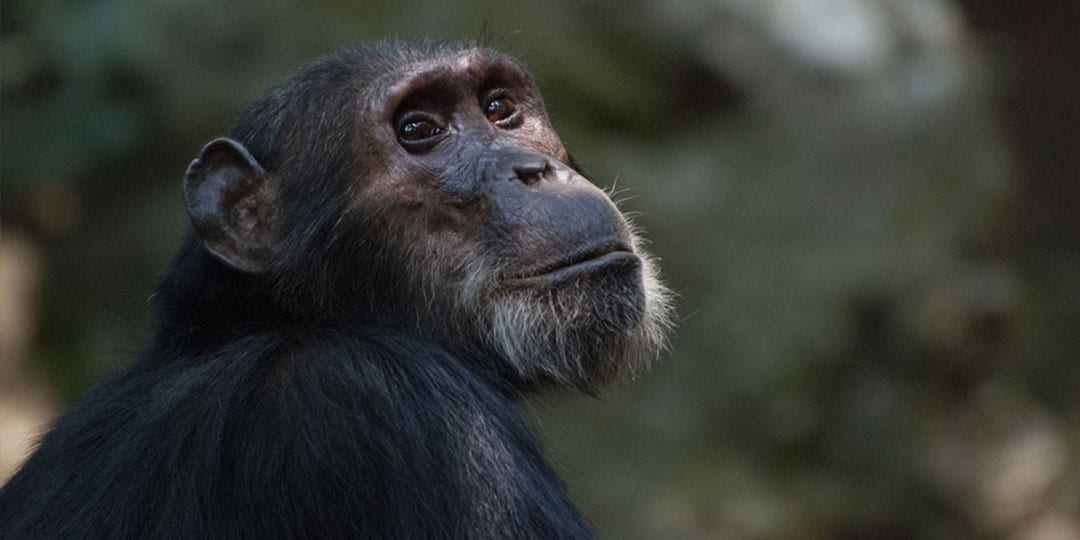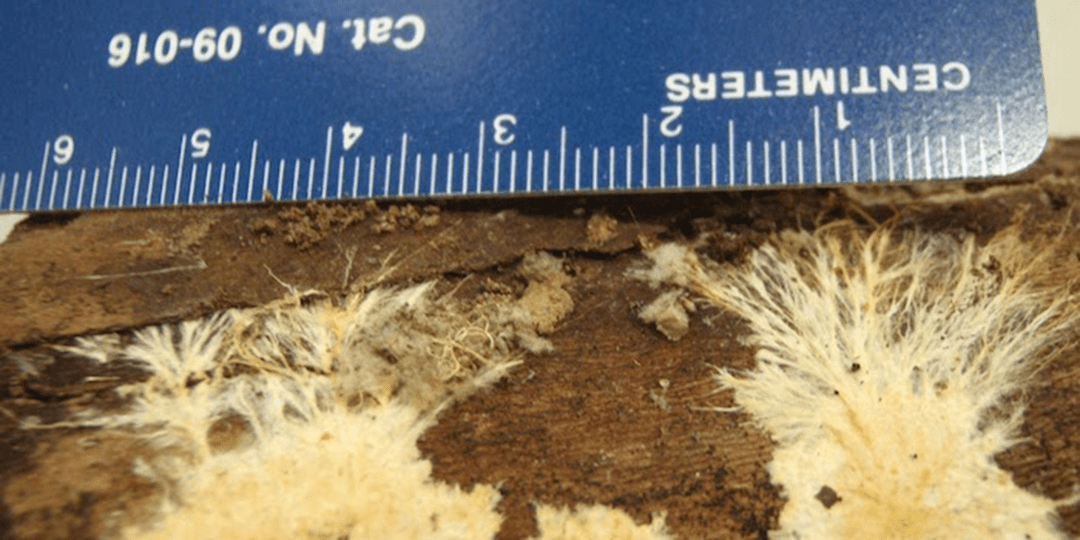Five CCAS PhD students were inducted into The Edward Alexander Bouchet Society, which honors diversity and excellence in doctoral education. Their research focus includes HIV-related healthcare, tobacco cessation and the search for life in space.
Five Columbian College of Arts & Sciences (CCAS) PhD candidates were inducted into the Edward Alexander Bouchet Graduate Honor Society, which recognizes and encourages diversity and excellence in doctoral education and the professoriate. Named for the first African American doctoral recipient in the United States and chartered jointly by Yale and Howard Universities in 2005, the society now includes 18 chapters at universities around the country. Professor of English Tara Wallace founded the GW Chapter in 2009. The five were inducted into the society at a virtual ceremony this spring.
The goal of the Bouchet chapters is to develop a network of preeminent scholars who exemplify academic and personal excellence; to foster environments of support; and to serve as examples of scholarship, leadership, character, service and advocacy for those who have been traditionally underrepresented in the academy. These are the 2020 inductees and their research focus:
Diana Ainembabazi
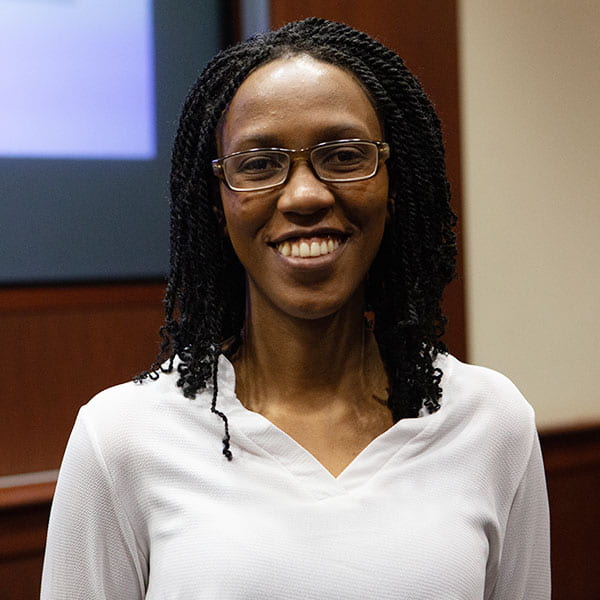
Diana Ainembabazi is pursuing her doctorate in chemistry with a concentration in catalysis. Her research focuses on the design, synthesis and application of supported heterogeneous catalysts in the transformation of biomass. Her interest in chemistry was encouraged by the professors who taught her introductory chemistry courses. She is now fostering that same passion in young adults from underrepresented backgrounds in the Washington, D.C., region as an advocate and tutor.
Cheriko (Riko) Boone
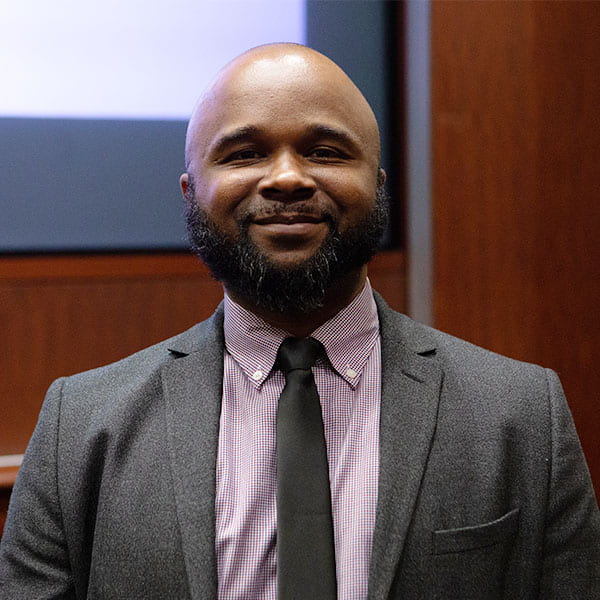
Cheriko (Riko) Boone is a PhD candidate in applied social psychology. His research interests include improving HIV-related health and mental health outcomes among socially and economically vulnerable communities. His research is focused on evidence-based social psychological and social-structural interventions to increase diversity, inclusion and leadership of persons from historically underrepresented groups in biomedical research and academia. Because minority populations are greatly underrepresented in clinical research, he is striving to help rectify these inequities through his various research, professional, community engagement and public service roles.
Dana Burton
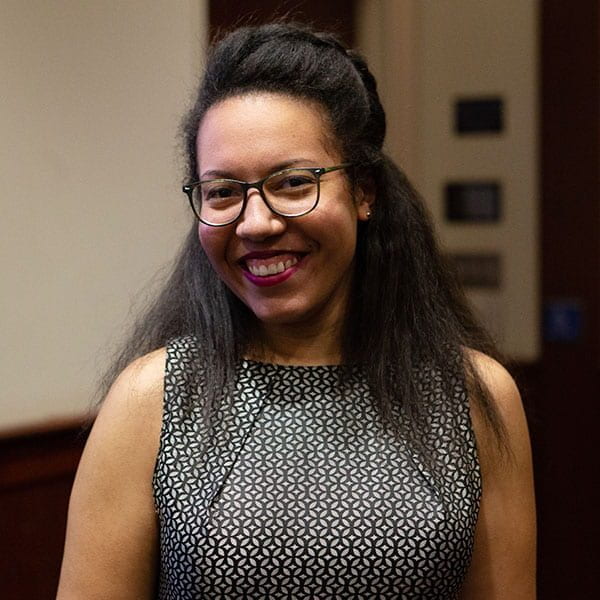
Dana Burton is an anthropology PhD candidate. Her research follows NASA scientists’ search for life in space, including how they grapple with and even redefine our understanding of life on Earth. She has previously been involved in constructing databases to promote accessibility to information and has taught critical thinking skills in classroom settings. She strives to build spaces where the exchange of ideas and knowledge from multiple perspectives and ways of living can be expressed and lead to increased collaboration across the sciences and social sciences.
Eden A. Dejene
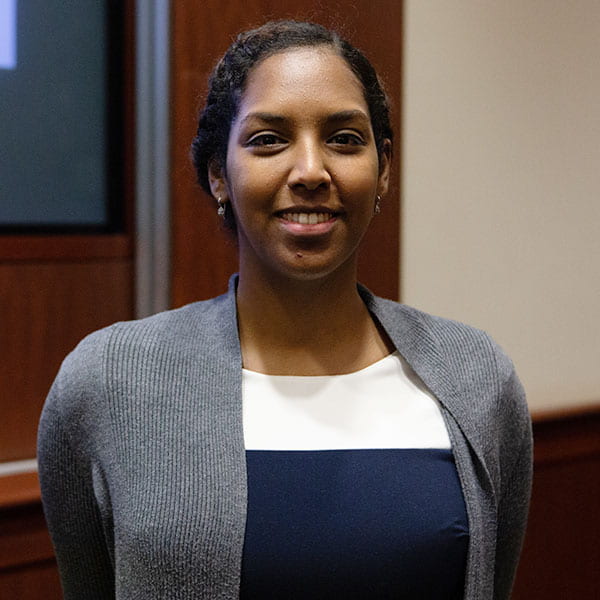
Eden A. Dejene, PhD ’20, graduated with a doctoral degree in molecular medicine. Her research focuses on understanding how post-translational modifications of proteins involved in telomere diseases affect their enzymatic activity. She has served as a peer-judge for oral presentations at GW and a poster judge at the Annual Biomedical Research Conference for Minority Students. In addition, she volunteers at middle and elementary schools in Washington, D.C., through the nonprofit organization Techbridge girls, a STEM program with the mission of educating girls from low-income communities.
Drishti Pillai
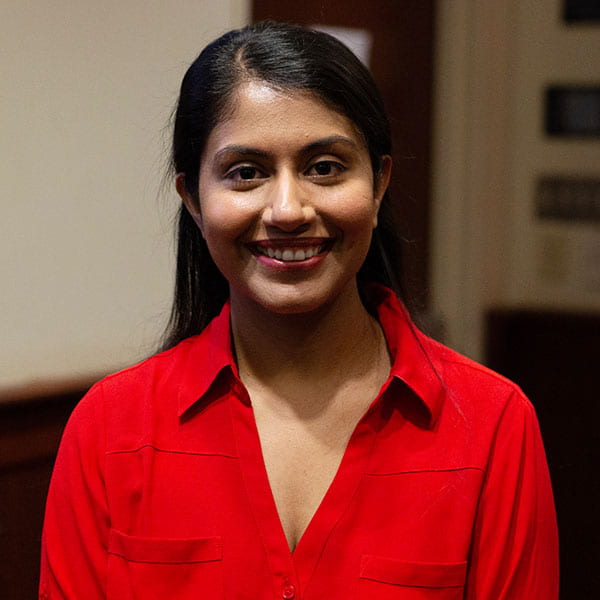
Drishti Pillai is a PhD candidate in public policy with a concentration in health policy. Her research focuses on tobacco cessation and health care access among low-income individuals, racial/ethnic minorities and immigrants. She works at the Fitzhugh Mullan Institute for Health Workforce Equity where she is helping to build a diversity tracking center to analyze trends in the diversity of the U.S. health professions’ education and workforce. As a member of various GW advisory committees, she has been an engaged advocate for underrepresented groups in academia. She hopes to teach and continue conducting research with social equity and racial justice at the core of all her endeavors.
Main photo: Bouchet Society inductees, from left, Dana Burton, Eden A. Dejene, Cheriko (Riko) Boone, Drishti Pillai and Diana Ainembabazi. (Photo: Emily Barber)


